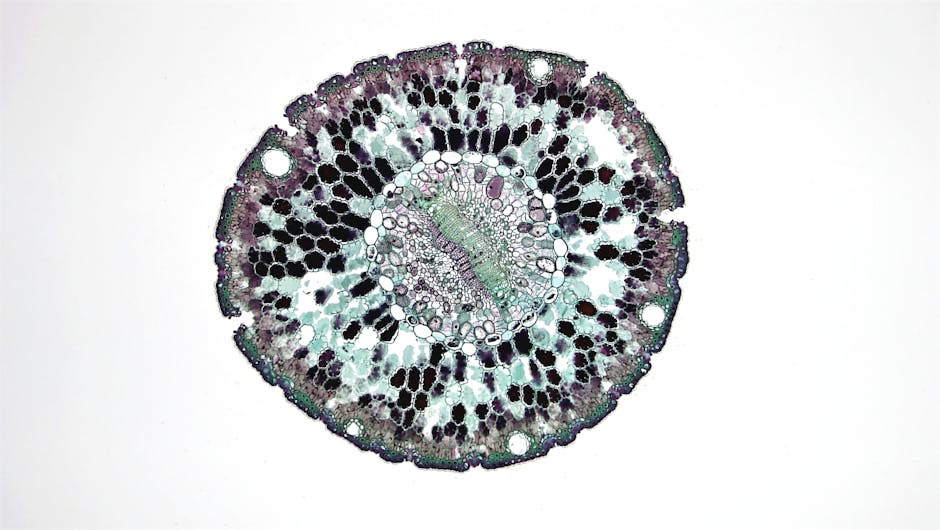Label-free live-cell imaging involves no exogenous reagents that may interfere with the physiological response under study, nor does it require treatment of cells with fixatives, which can be a cell-killing process. This imaging technique has been used by scientists to better understand cellular dynamics and biological function. CD BioSciences can provide comprehensive services based on label-free live cell imaging technologies.
Phase contrast (PC) and differential interference contrast (DIC) microscopy are the most popular label-free imaging techniques in biological research. Both techniques utilize specific optics to convert phase differences caused by cells and intracellular properties changes into light waves of various amplitudes. Unlike phase changes, changes in light waves can be detected by human eyes or recorded as pixel intensity changes on a camera. However, intensity in PC and DIC images is not a quantification of phase delay, and low image contrast can make automatic image segmentation difficult at high cell densities.
Quantitative phase imaging is label-free and provides higher content and contrast than conventional techniques. High-contrast images facilitate the generation of single-cell metrics through more robust segmentation and tracking, resulting in unlabeled dynamic phenotypes that describe cell-to-cell heterogeneity and temporal changes. Dynamic phenotypes at the single-cell level can better differentiate cells response to treatment than population-level averages, which is clinically relevant, such as in cancer therapy. Furthermore, since the obtained data are unlabeled, the same set of cells can be used for further analysis or expansion, maximizing the potential benefits of regenerative and personalized medicine.
For customers interested in more information about label-free live cell imaging solutions or other technologies, please visit CD BioSciences at https://www.bioimagingtech.com.
About CD BioSciences
CD BioSciences is a biotechnology company committed to the development of imaging technology for many years. Its scientists can utilize high-content imaging, nanoparticle imaging, imaging flow cytometry, time-lapse imaging, and other techniques to image cell structure, cell migration, cell proliferation, pathogen infection mechanisms and interactions between protein molecules. In addition, the team is caple of applying powerful analytical software to capture images of cellular structure, subcellular, or tissues to obtain useful information.
###
